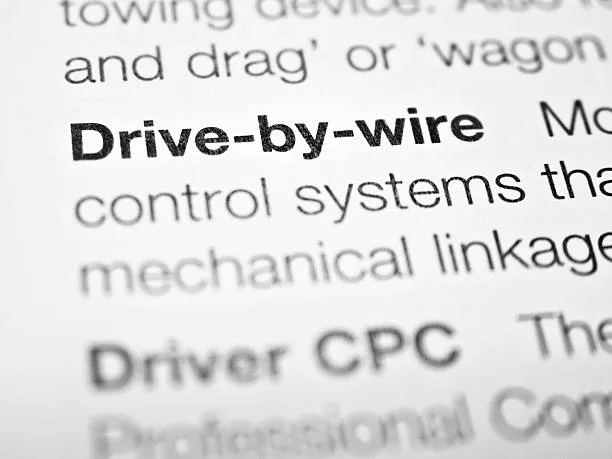Flash Over-the-Air (FOTA) Updates: Revolutionizing Vehicle Software
Flash Over-the-Air (FOTA) updates are a method of remotely updating a vehicle’s software and firmware through a wireless connection, typically via cellular or Wi-Fi networks. This technology allows automakers to deliver software updates, bug fixes, and new features to vehicles without requiring them to be physically brought to a dealership or service center.


